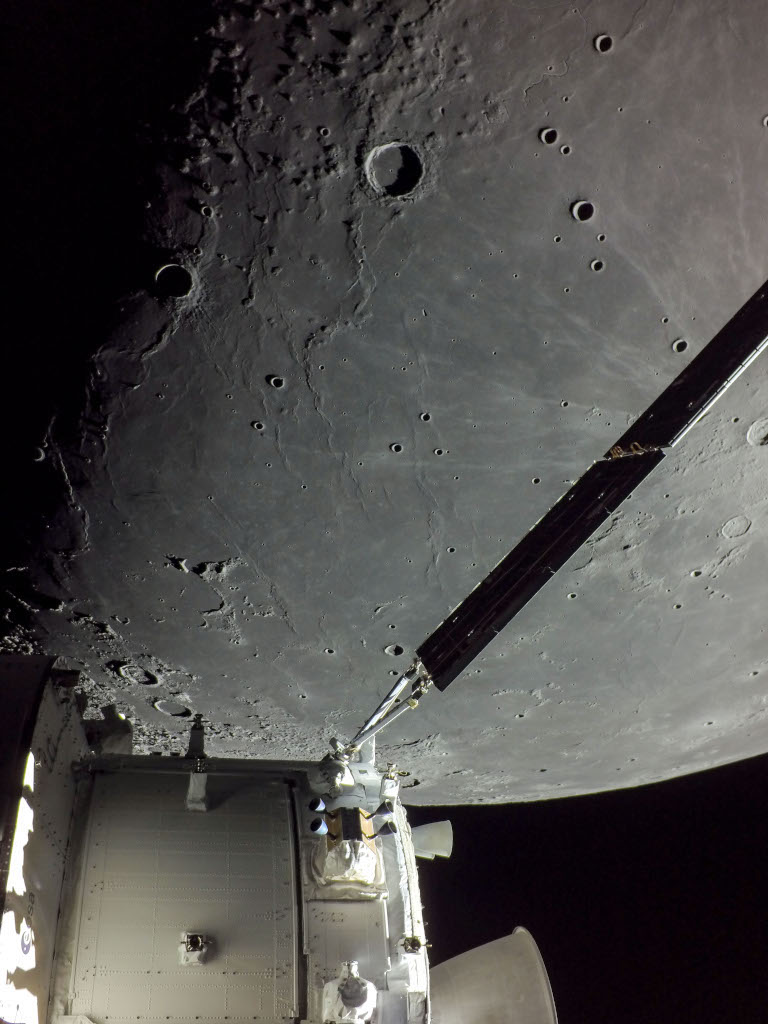太阳极小期与太阳极大期
2023年12月11日 Solar Minimum versus Solar Maximum Video Credit: NASA, SDO, SVS Explanation: The surface of our Sun is constantly changing. Some years it is quiet, showing relatively few sunspots and active regions. Other years it is churning, showing many sunspots and throwing frequent Coronal Mass Ejections (CMEs) and flares. Reacting to magnetism, our Sun’s surface goes through periods of relative calm, called Solar Minimum and relative unrest, called Solar Maximum, every 11 years. The featured video shows on the left a month in late 2019 when the Sun was near Solar Minimum, while on the right a month in 2014 when near Solar Maximum. The video was taken by NASA’s Solar Dynamic Observatory in far ultraviolet light. Our Sun is progressing again toward Solar Maximum…










